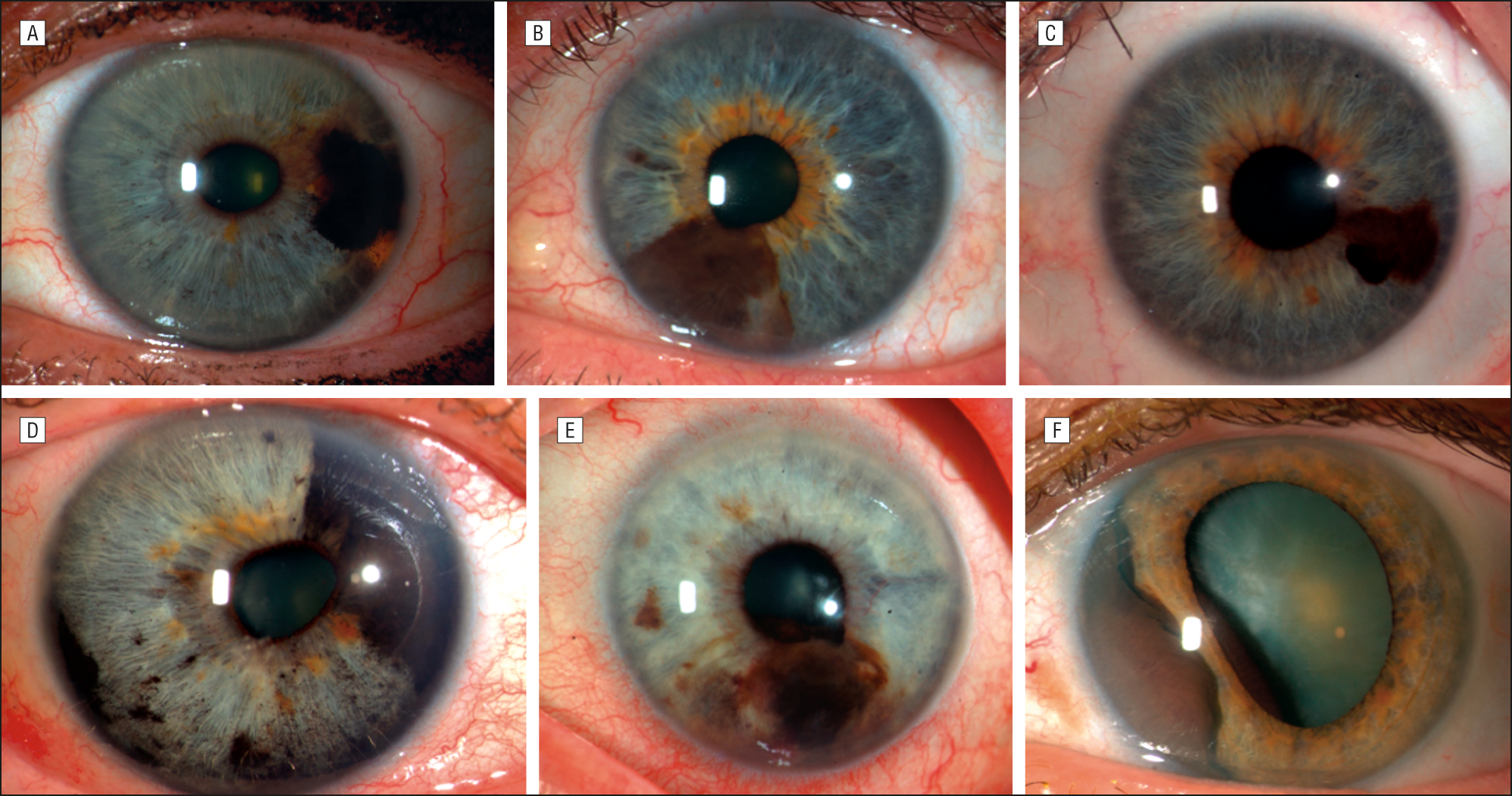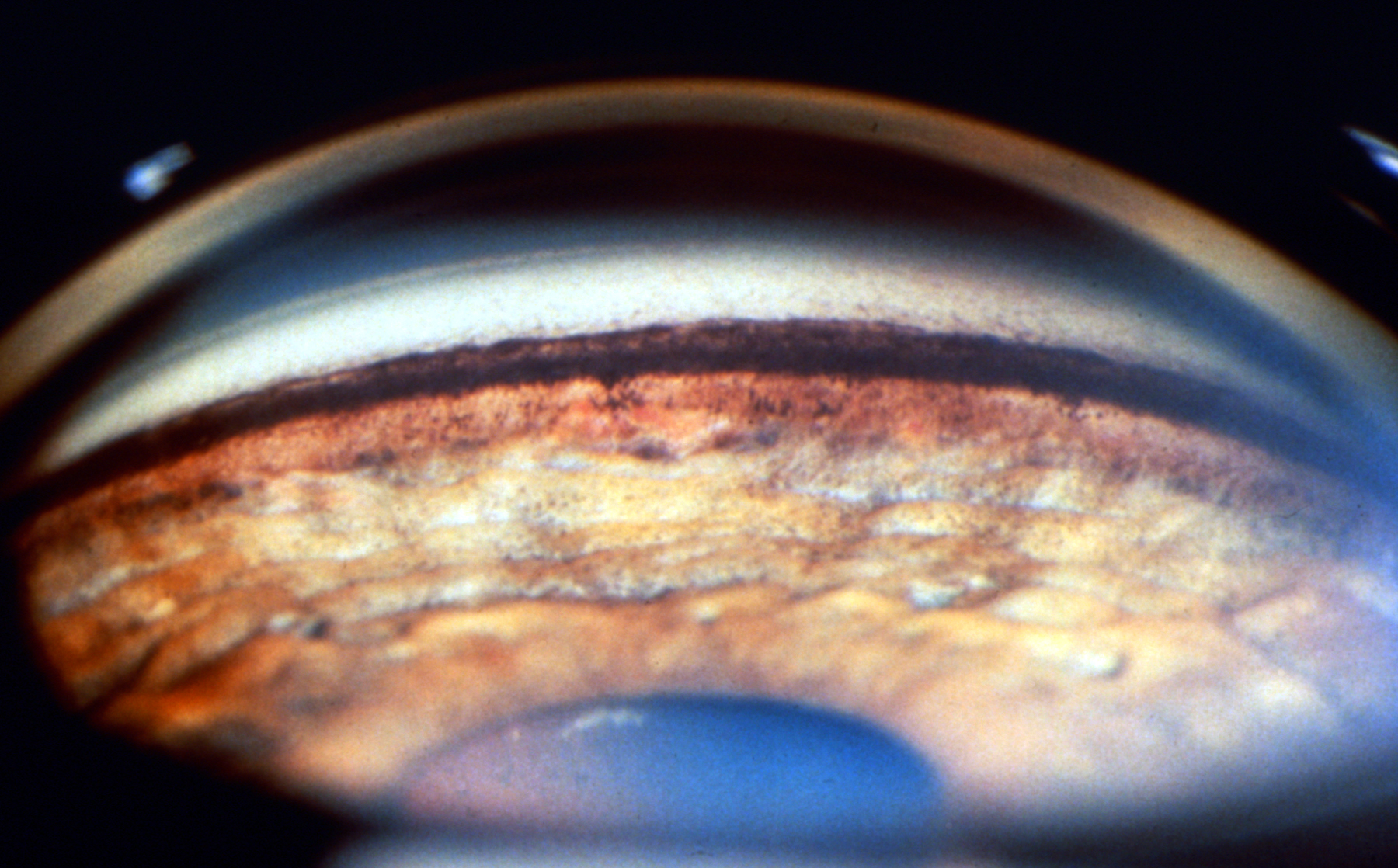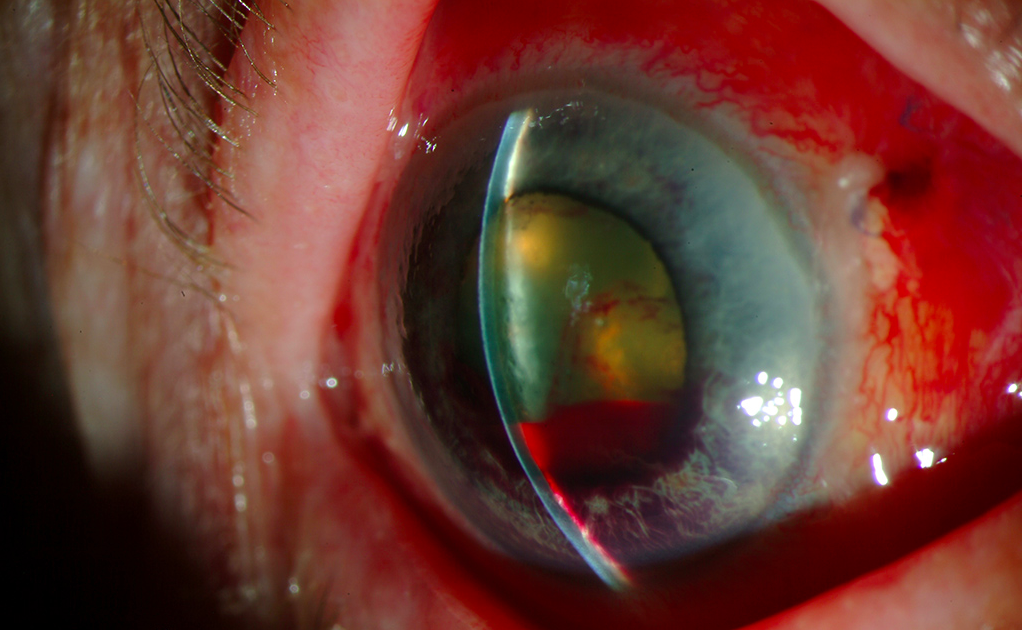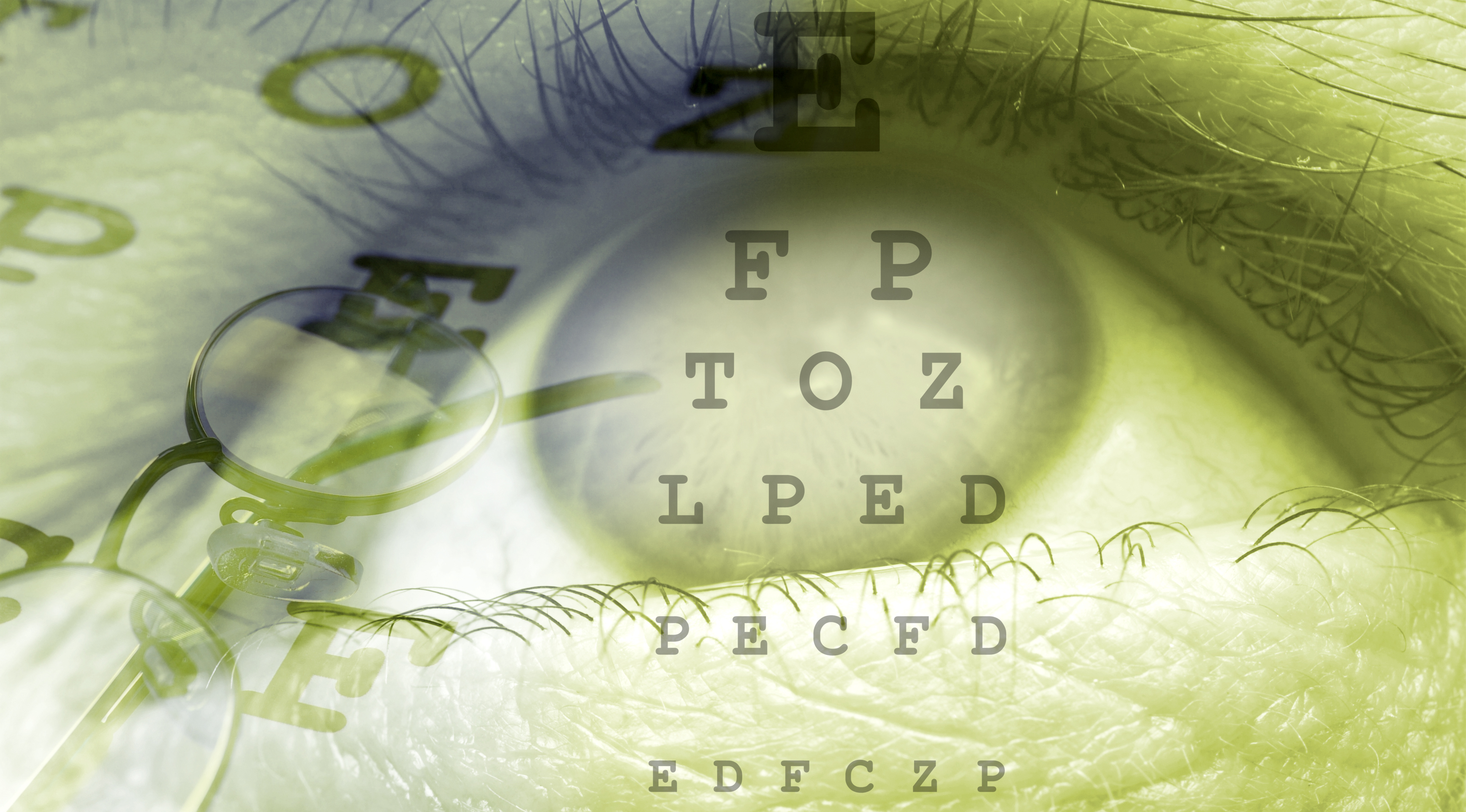10 Different Types of Glaucoma And How To Identify Each One
Glaucoma is an eye disease for which a cure has not yet been discovered. It can affect anyone of any age and is a serious condition because it can lead to blindness. Everyone is at risk for glaucoma, but some people more than others. In particular, older adults are at a higher risk, except among African Americans, a population which sees the younger generation more susceptible. Babies can be born with glaucoma. It is a misunderstood disease, possibly because of its many different forms.
10. Irido Corneal Endothelial Syndrome (ICE)

This form occurs only in one eye when the drainage canals are blocked by cells from the rear of the eye moving forward over the cornea and iris. The resulting pressure from this blockage damages the optic nerve. Further damage is caused by the cells sticking the iris to the cornea. At higher risk are females with light-colored skin. Symptoms typically include haziness and visions of halos around lights. It is usually treated with medications or surgery rather than laser surgery.
9. Neovascular Glaucoma

A form of secondary open-angle glaucoma, this type is caused when an unusual new formation of blood vessels occurs on the iris and takes over the drainage canals. The excess undrained fluid causes pressure in the eye. This type often afflicts people with other diseases, like diabetes. Research has shown it is typically affiliated with another condition and does not stand alone. Treatment is minimal because it is difficult to manage.
8. Traumatic Glaucoma

As the name suggests, traumatic glaucoma results from an injury; whether the injury causes a bruise or one that goes directly into the eye. When struck by a blunt object, the fluid is forced to the front of the eye and gets into the bloodstream. Further damage creates the pressure causing glaucoma. Similarly, blood from an injury with a sharp object causes an increase in pressure and optic nerve damage. This type can occur immediately or over a period of time.
7. Exfoliative Glaucoma

This type of glaucoma is also caused when the drainage canals are clogged, but in exfoliative glaucoma, the blockage is from an excess of protein in the system. It is an open-angle type of the disease and is characterized by higher pressures than other forms. This type progresses quickly and is normally treated aggressively with laser or incisional surgery. It is often diagnosed with a dilated eye exam, which is recommended for people over forty years old.
6. Pigmentary Glaucoma

A rare form of glaucoma, pigmentary and pigment dispersion syndrome affect the younger age group. There are pigment granules stuck to the iris, or the colored part of the eye. Sometimes these fall off and land in the eye’s moisture, called aqueous humor. When they are loose like this, they can trap and clog the drainage canals. The resulting pressure in the eye causes nerve damage and subsequently, pigmentary glaucoma. Primary treatment is done with eyedrops.
5. Secondary Glaucoma

In secondary glaucoma, there is always a specific cause of eye pressure and optic nerve damage, the two instigators of glaucoma. It can affect one or both eyes and be of the angle-closure or open angle variety. A number of issues contribute to its cause, including inflammation, irritation, a tumor, cataracts, diabetes, or steroids. Although not curable, it can be managed with medication, laser surgery, or conventional surgery.
4. Congenital Glaucoma

Babies are affected by congenital glaucoma. It transpires because of a lack of complete formation of the drainage canals, creating increased pressure and optic nerve damage. When it is diagnosed, in most cases in the first year of life, it can be treated early on with surgery and medications. Typically, there is some loss of vision. Signs in babies and young children include enlarged eyes, tearing, cloudy eyes, and sensitivity to light.
3. Normal-Tension Glaucoma (NTG)

NTG is also known as low-tension or normal pressure glaucoma because the pressure in the eye is not increased significantly. The main cause is the optic nerve becoming damaged, but the mystery lies in how it becomes damaged without the pressure. The cause remains unknown, but those at higher risk appear to have a family history of it, be of Japanese heritage, or are affected by systemic heart disease. It is diagnosed by examination of the optic nerve.
2. Angle-Closure Glaucoma

Unlike open-angle glaucoma, this type progresses quickly and is a lot less common. Similarly, however, it is caused by the clogging of drainage canals which increases pressure. It is formed when the area between the iris and cornea becomes closed or narrowed. Whereas symptoms of open-angle glaucoma can go unnoticed, angle-closure has symptoms like eye pain, nausea, vomiting, headaches, and blurred vision. Some people visualize rainbow-colored circles around bright lights.
1. Open-Angle Glaucoma

The most widely contracted form is open-angle glaucoma, also called primary or chronic glaucoma. It represents about ninety percent of glaucoma cases, recognized by its wide and open angle seen between the iris and cornea. This angle is as wide as it is supposed to be. When the eye’s drainage canals are clogged, pressure on the eye is increased. This pressure happens slowly over the course of a lifetime. It affects about three million Americans.
